
Supercharge your lead generation with a FREE Google Ads audit - no strings attached! See how you can generate more and higher quality leads
Get My Free Google Ads AuditFree consultation

No commitment
Supercharge your lead generation with a FREE Google Ads audit - no strings attached! See how you can generate more and higher quality leads
Get My Free Google Ads AuditFree consultation

No commitment
LinkedIn Ads for hospitality help you reach planners and procurement when they’re researching. Set up Campaign Manager, install the Insight Tag, and sync your CRM. Target by accounts, roles, and cities like New York or London. Use role-based creative, Lead Gen Forms, and retarget visitors. Track RFPs to optimize budgets. Increase qualified leads and shorten time to proposal.
Modern hospitality businesses face significant pressure to attract high-value guests, forge strong professional partnerships, and maintain a resilient sales pipeline, all while adapting to a dynamic marketplace. Missed prospects, incomplete lead data, and inconsistent follow-ups often hinder their efforts and lead to lost opportunities.
While traditional marketing tactics remain important, digital channels, especially LinkedIn Ads, provide unique advantages for reaching decision-makers, procurement leads, and corporate event planners at the moment they are searching for industry solutions. Unlike consumer-oriented platforms, LinkedIn enables hospitality professionals to connect with B2B prospects within a trusted, business-focused environment. Hospitality-focused LinkedIn strategies help teams refine targeting and creative for better results.
This guide shows hospitality industry leaders how to excel in B2B lead generation, nurture valuable partnerships, and stay ahead of marketing trends by leveraging LinkedIn Ads as a cornerstone of a holistic digital marketing strategy.
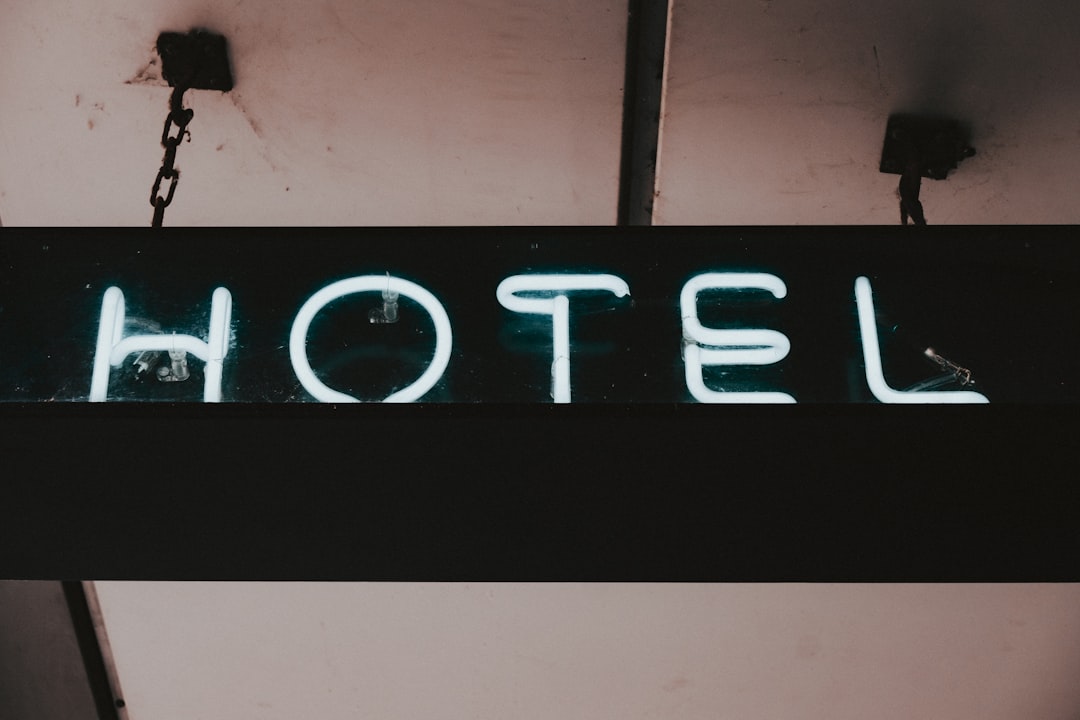
Getting started with LinkedIn Ads often reveals systemic barriers: guest and account data may be fragmented, or high-value prospects may never make it into the CRM, leading to lost deals. Start by establishing your Campaign Manager account, ensuring business verification and compliant billing setup. Next, install the LinkedIn Insight Tag on your website for robust conversion tracking and retargeting. See Sona’s blog post LinkedIn ads setup for the essential data foundation needed to surface hidden opportunities and avoid wasting ad spend on incomplete profiles.
Integration with your CRM, marketing automation, and analytics platforms unifies fragmented prospect data where outdated or partial information once led to poor segmentation. Modern hospitality marketers can auto-update CRM audiences, surface account-level intent, and prioritize outreach when signals indicate buying interest. This closes the gap that occurs when a planner views a venue page in London or Chicago but never requests a proposal, by ensuring the right retargeting and sales follow-up happens on time.
Visitor identification and intent scoring solve the challenge of anonymous research sessions where planners and procurement leads do not fill out forms. Visitor identification platforms like Sona help reveal which companies and people are visiting your website, score intent, and link activity to accounts, making it possible to retarget high-fit organizations and alert sales at the right moment. For example, solutions such as Sona Identification can connect anonymous website engagement to known accounts and trigger outreach workflows when a pricing or event space capacity page is visited by a target company.
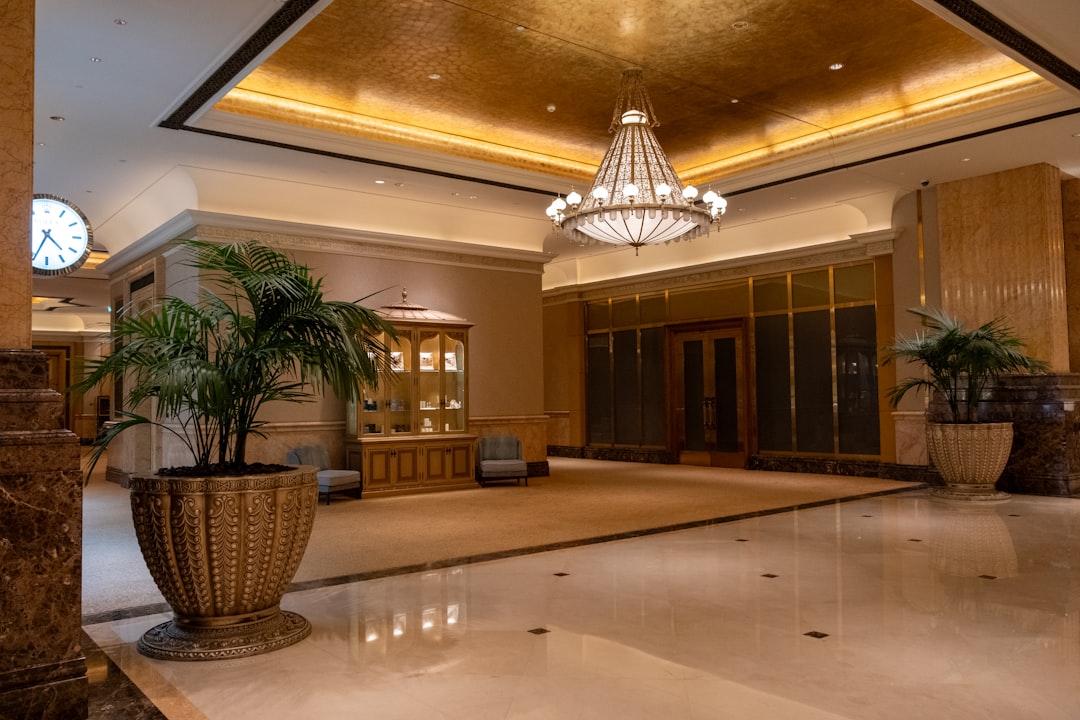
Hospitality marketers see an increasing share of traffic from anonymous website visitors: buyers who research your brand yet never fill out a form. These visitors often include meeting planners, corporate travel managers, and procurement leaders comparing venues, amenities, and sustainability commitments. When these signals remain hidden, follow-up is delayed or never happens, and competitors with tighter data capture win the business.
LinkedIn is unique for B2B in hospitality because of its professional context and granular targeting. Industry practitioners highlight several reasons hospitality brands rely on it: precision targeting by job title and seniority, account-based marketing features, and the ability to align messages to different stakeholders in a buying committee. Marketing experts have found that campaigns tailored for specific roles like Group Sales Managers, Heads of Events, and Facilities Directors perform best when layered with firmographic details such as company size and sector, as well as relevant geographies and professional groups.
LinkedIn also strengthens omnichannel measurement and retargeting. When you integrate Insight Tag data with CRM and automation systems, you can map each account’s journey, from an initial video view to an RFP request, and retarget those who showed interest but did not convert. Successful hospitality teams often use LinkedIn to spark new relationships and then keep those accounts engaged over longer sales cycles typical for conventions and corporate contracts.
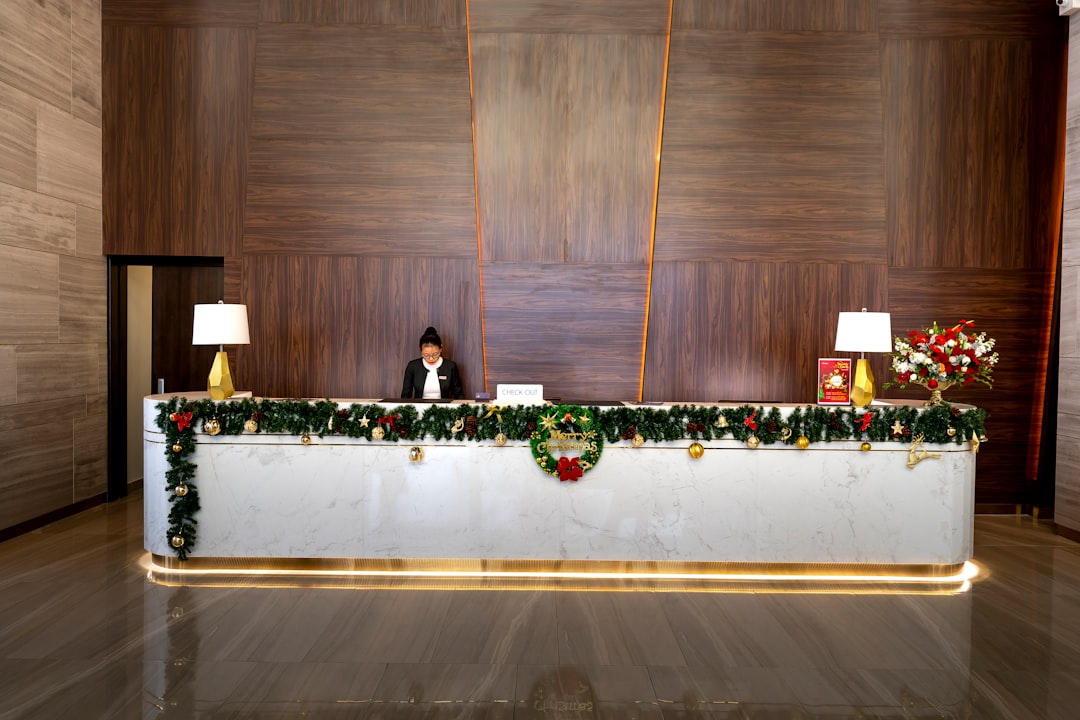
Hospitality organizations often struggle with disconnected ad campaigns that send mixed messages across audiences. A clear campaign taxonomy keeps budgets focused and messaging consistent.
Retargeting is essential for the many high-intent visitors who browse but do not submit a form. Dynamic audience tools can segment by behavior and buying stage, then automate ad rotation to stay relevant. Audience-sync solutions such as Sona’s Audiences and Destinations enable teams to build real-time, signal-based segments that auto-sync to LinkedIn and other platforms, helping ads follow the right accounts without manual list uploads. This streamlines re-engagement for prospects who visited an event space page, engaged with a sustainability case study, or reached a pricing calculator but stopped short of requesting a proposal. Sona’s Playbook intent retargeting offers a practical framework.
LinkedIn marketing for hospitality is about reaching B2B stakeholders with high relevance at precisely timed intervals. The buying committee often includes heads of events, procurement, finance, operations, HR, and travel. Missing one stakeholder due to incomplete or outdated CRM records can stall deals or create misalignment in messaging. For operations-focused guidance, see LinkedIn best practices.
Industry leaders recommend a data-first approach: enrich firmographic and technographic data in your CRM, and use account and person-level identification to unify scattered interactions. When prospects in San Francisco, Chicago, or Singapore read your event guides or watch videos, their engagement should sync to a central profile that reflects role, company size, and intent. Without this, you risk serving generic ads that fail to speak to decision priorities like total cost, sustainability reporting, or hybrid meeting readiness.
Hospitality brands that perform well on LinkedIn often treat it as a relationship platform rather than a transactional ad channel. They publish thought leadership on meeting trends, showcase measurable outcomes, and invite planners to behind-the-scenes property tours. Successful B2B teams often align campaigns with sales outreach cadences, ensuring that ads support conversations in Sales Navigator and that account insights inform both media and messaging.
Hospitality marketing continues to evolve around sustainability, hybrid events, and data-driven personalization. Research shows that buyers expect transparency in environmental commitments and flexible meeting formats. To meet these expectations, marketers need unified data to personalize messaging and prove business impact.
Leading marketers recommend integrating analytics across LinkedIn, Google Ads, and CRM to connect the dots between first touch and closed revenue. This is especially important for markets with long lead times such as major conventions in Las Vegas or international events in Singapore. When insights live in one place, teams can identify which content prompts RFPs, which audiences respond to case studies, and where prospects drop out of the journey.
Experts also advise creating content that supports the entire decision arc: planning guides, budget calculators, and timeline templates for event teams; sustainability reports and certifications for procurement; and attendee experience stories for HR and marketing stakeholders. Consistent, signal-based retargeting ensures that someone who engaged with a hybrid meeting guide later sees ads promoting your venue’s AV capabilities and on-site support.
Manual targeting by job title and company size is a starting point but rarely sufficient. High-value accounts are often missed when CRM data is incomplete or static. Combine job-based filters with account-based and interest-based targeting to maximize precision, and see Sona’s blog ABM guide.
Primary segments to consider:
A common pitfall is neglecting to establish granular permissions and connect all digital touchpoints. Set up Campaign Manager with clear admin roles, billing approvals, and naming conventions for accounts, campaigns, and ads. This enables clean reporting and easier collaboration across teams.
Install the LinkedIn Insight Tag across your website, including event space pages, pricing calculators, and brochure downloads. Configure conversion tracking for key milestones such as RFP submissions, consultation bookings, and phone call forms. Test each event to confirm accurate attribution. Document your data model so everyone understands how conversions, lead stages, and account statuses are defined.
Offline conversions such as signed contracts or large group bookings often start with a digital touch, but many teams fail to link the two. Integrate your CRM, marketing automation, and call tracking to establish closed-loop attribution. Use UTMs consistently and align attribution windows with the length of your hospitality sales cycle.
Audience sync is often the missing link. When you automate updates from your CRM and website to LinkedIn, you reduce delays and ensure that high-intent accounts see relevant ads quickly. This is especially useful when you need to retarget planners who engaged with a venue capacity guide or a sustainability report but did not request a tour. Solutions such as Sona’s Audiences and Destinations can automatically sync buying-stage signals and identified accounts into your CRM and ad platforms, helping sales and marketing act on the same, current list without manual uploads.
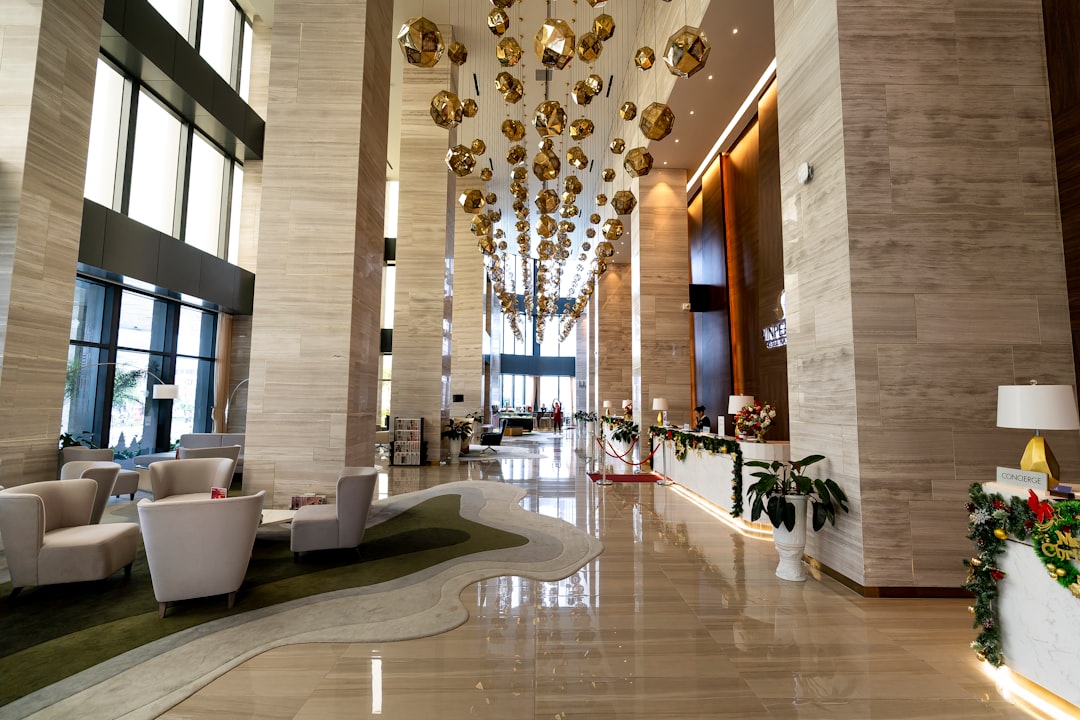
Even the best creative fails if it shows up in front of the wrong audience or at the wrong stage. Creative should speak to business outcomes for each role: planners value flawless execution and attendee experience; procurement values cost savings and compliance; finance values predictability and negotiated terms.
Format diversity helps you discover what works:
For optimization tips, watch this LinkedIn ads tutorial.
Campaigns frequently stall when they rely on static lists and outdated segments. Shift to dynamic, signal-based workflows that capture new interest as it emerges. Focus on audience precision first, then creative testing and budget optimization.
Data-driven optimization steps:
Teams that adopt automated CRM audience syncing, intent-based targeting, and predictive segmentation report more efficient spending and faster pipeline movement. This is particularly valuable in cities with competitive convention calendars like Las Vegas, Chicago, and Barcelona, where planners evaluate several properties at once and timing is everything.
Running LinkedIn and Google Ads in silos leads to inconsistent messaging and reporting discrepancies. Integrate strategies so that search and social work together to identify demand, create interest, and capture conversions.
When hospitality teams need to connect online engagement with offline wins, journey analytics become essential. Visitor identification and cross-channel journey tracking provide the context needed to act at the right time. Platforms like Sona’s Buyer Journeys help track touchpoints across individuals and buying committees, and upcoming features like Sona’s Ad Conversions are designed to send accurate first-party conversion data to ad platforms to optimize spend on both online and offline outcomes.
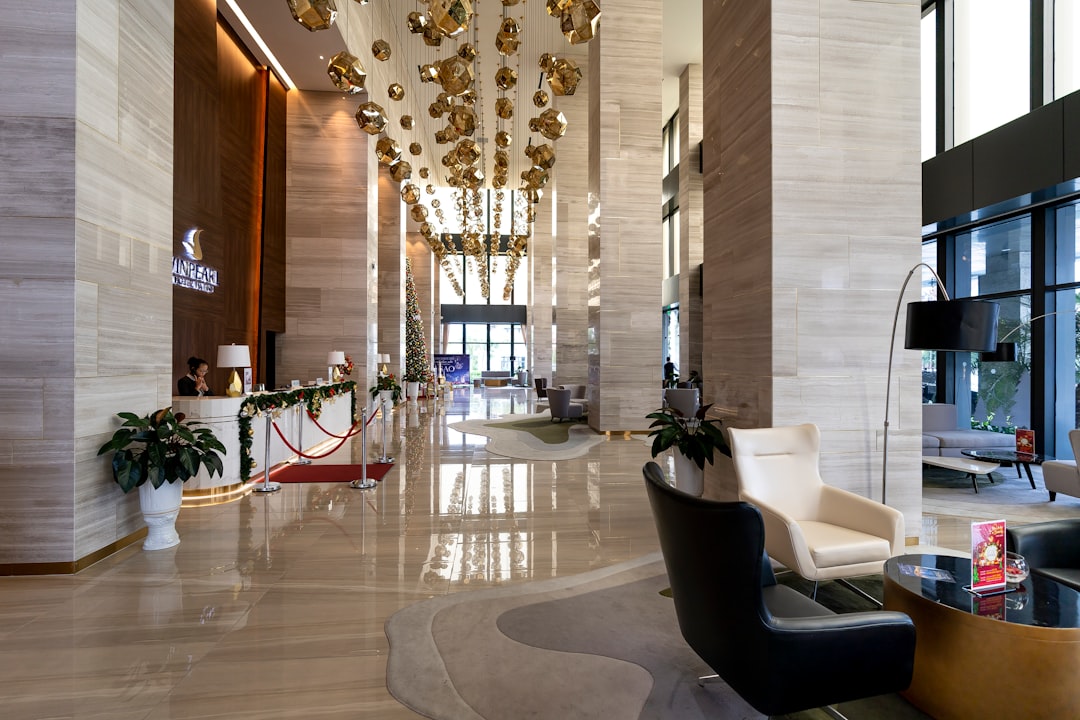
Hospitality marketing succeeds when it links ad spend to pipeline outcomes. Experts highlight three patterns emerging since the pandemic:
Industry experts suggest that the teams seeing meaningful gains are those that invested in unified data flows and closed-loop attribution. They connect every ad to a measurable outcome, rely on clean CRM data to define ABM lists, and refresh content to reflect evolving buyer priorities like ESG reporting, wellness amenities, and hybrid event reliability.
Retention and expansion are as critical as new acquisition in hospitality. LinkedIn helps maintain relationships with corporate clients, travel managers, and planning agencies through targeted communications and thought leadership.
Tracking engagement at the account and contact level is key. When you know who consumes which content and when, you can tailor timing and messages to increase renewal rates and drive incremental revenue from upsells and cross-sells. To operationalize this with Sona’s visitor intelligence and activation, book a demo.
Mastering LinkedIn Ads gives hospitality leaders a distinct edge in today's competitive, relationship-driven market. Addressing persistent challenges, from missing high-value accounts to disconnected campaign data, requires more than creative messaging; it demands integrated data flows, precision targeting, and seamless conversion tracking. By employing targeted segmentation, evolving your creative strategy with actionable analytics, and leveraging unified workflows between LinkedIn and your B2B tech stack, you can create sustainable, high-impact lead generation systems. Start mapping these solutions to your own guest and prospect journey and experience firsthand how unified, insight-driven marketing can transform growth and retention in hospitality.
Marketing automation is revolutionizing the hospitality industry by empowering marketing managers and operations teams to generate high-quality leads, deliver tailored customer experiences, and optimize campaigns with precision. For hospitality groups in New York and beyond, this means transforming scattered outreach efforts into cohesive, data-driven strategies that consistently attract and engage the right clients.
Imagine knowing exactly which LinkedIn ads resonate with corporate event planners or travel agencies—and adjusting your campaigns in real time to maximize bookings and revenue. With Sona.com, you gain access to intelligent lead scoring, automated nurture sequences, and seamless CRM integration that turns every interaction into actionable insights. This streamlined approach ensures no opportunity slips through the cracks and every marketing dollar works harder.
Start your free trial with Sona.com today and take the first step toward smarter, more profitable hospitality marketing campaigns that deliver measurable results.
Use LinkedIn Ads to reach decision-makers like planners and procurement leads by setting up Campaign Manager, installing the Insight Tag, and syncing your CRM. Target by roles, accounts, and cities to generate qualified leads and nurture partnerships.
Effective LinkedIn ads include Brand Awareness, Lead Generation with Lead Gen Forms, Video Ads showcasing venues, Event Ads for registrations, and Website Conversion campaigns. Tailor creative and messaging by role and use retargeting to engage high-intent visitors.
Combine job titles, seniority tiers, company size, and professional group memberships for precise targeting. Use account-based marketing by uploading account lists and syncing CRM data to reach key roles like Group Sales Managers and Procurement Directors.
AI-powered visitor identification platforms reveal anonymous website visitors and score intent, enabling timely retargeting and sales outreach. This helps connect digital engagement to known accounts and improves lead quality and conversion rates.
Define your ideal customer profile, enrich contact data, create role-based messaging, and align content with the planner journey. Use consistent thought leadership, authentic visuals, and regular creative refreshes to engage and nurture your audience.
Trends include sustainability, hybrid events, and data-driven personalization. Marketers integrate LinkedIn with Google Ads and CRM to unify data, personalize messaging, and optimize conversion paths for long B2B sales cycles.
Shift to dynamic, signal-based workflows with precise audience targeting and frequent creative testing. Align campaigns to buyer journey stages, retarget high-intent visitors, and collaborate closely with sales to optimize lead quality and budget.
LinkedIn supports retention by nurturing corporate accounts with targeted campaigns featuring new amenities and seasonal offers. Use matched audiences for loyalty tiers and retarget stakeholders with testimonials and relevant content to boost renewals.
Establish your Campaign Manager account with verified business details, install the Insight Tag sitewide, and integrate your CRM. Build account-based and geographic audiences focused on cities like New York or London, then create role-based campaigns aligned with local market priorities.
Hospitality marketers succeed with campaigns focused on Brand Awareness, Website Visits, Lead Generation, Website Conversions, Video Views, and Event Ads. Combining these with retargeting and matched audiences maximizes lead generation and engagement.
Join results-focused teams combining Sona Platform automation with advanced Google Ads strategies to scale lead generation

Connect your existing CRM

Free Account Enrichment

No setup fees
No commitment required

Free consultation

Get a custom Google Ads roadmap for your business
Join results-focused teams using Sona Platform automation to activate unified sales and marketing data, maximize ROI on marketing investments, and drive measurable growth

Connect your existing CRM

Free Account Enrichment

No setup fees
No commitment required

Free consultation

Get a custom Google Ads roadmap for your business
Over 500+ auto detailing businesses trust our platform to grow their revenue
Join results-focused teams using Sona Platform automation to activate unified sales and marketing data, maximize ROI on marketing investments, and drive measurable growth

Connect your existing CRM

Free Account Enrichment

No setup fees
No commitment required

Free consultation

Get a custom Google Ads roadmap for your business
Over 500+ auto detailing businesses trust our platform to grow their revenue
Join results-focused teams using Sona Platform automation to activate unified sales and marketing data, maximize ROI on marketing investments, and drive measurable growth

Connect your existing CRM

Free Account Enrichment

No setup fees
No commitment required

Free consultation

Get a custom Google Ads roadmap for your business
Over 500+ auto detailing businesses trust our platform to grow their revenue
Join results-focused teams using Sona Platform automation to activate unified sales and marketing data, maximize ROI on marketing investments, and drive measurable growth

Connect your existing CRM

Free Account Enrichment

No setup fees
No commitment required

Free consultation

Get a custom Google Ads roadmap for your business
Over 500+ auto detailing businesses trust our platform to grow their revenue
Our team of experts can implement your Google Ads campaigns, then show you how Sona helps you manage exceptional campaign performance and sales.
Schedule your FREE 15-minute strategy sessionOur team of experts can help improve your demand generation strategy, and can show you how advanced attribution and data activation can help you realize more opportunities and improve sales performance.
Schedule your FREE 30-minute strategy sessionOur team of experts can help improve your demand generation strategy, and can show you how advanced attribution and data activation can help you realize more opportunities and improve sales performance.
Schedule your FREE 30-minute strategy sessionOur team of experts can help improve your demand generation strategy, and can show you how advanced attribution and data activation can help you realize more opportunities and improve sales performance.
Schedule your FREE 30-minute strategy sessionOur team of experts can help improve your demand generation strategy, and can show you how advanced attribution and data activation can help you realize more opportunities and improve sales performance.
Schedule your FREE 30-minute strategy session





Launch campaigns that generate qualified leads in 30 days or less.
